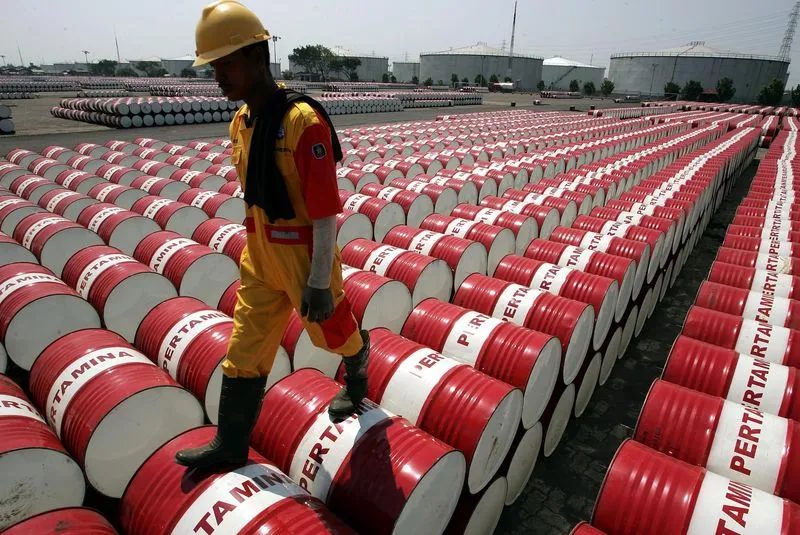
© Reuters.
LCO
-0.20%
Add to/Remove from Watchlist
Add to Watchlist
Add Position
Position added successfully to:
Please name your holdings portfolio
Type:
BUY
SELL
Date:
Amount:
Price
Point Value:
Leverage:
1:1
1:10
1:25
1:50
1:100
1:200
1:400
1:500
1:1000
Commission:
Create New Watchlist
Create
Create a new holdings portfolio
Add
Create
+ Add another position
Close
CL
-0.55%
Add to/Remove from Watchlist
Add to Watchlist
Add Position
Position added successfully to:
Please name your holdings portfolio
Type:
BUY
SELL
Date:
Amount:
Price
Point Value:
Leverage:
1:1
1:10
1:25
1:50
1:100
1:200
1:400
1:500
1:1000
Commission:
Create New Watchlist
Create
Create a new holdings portfolio
Add
Create
+ Add another position
Close
GPR
-0.15%
Add to/Remove from Watchlist
Add to Watchlist
Add Position
Position added successfully to:
Please name your holdings portfolio
Type:
BUY
SELL
Date:
Amount:
Price
Point Value:
Leverage:
1:1
1:10
1:25
1:50
1:100
1:200
1:400
1:500
1:1000
Commission:
Create New Watchlist
Create
Create a new holdings portfolio
Add
Create
+ Add another position
Close
Investing.com– Oil prices fell in Asian trade on Monday as investors locked in some profits after stellar gains over the prior week, with focus now turning to any more developments in the Israel-Hamas war and cues from key industry reports.
Trading volumes were slim on account of market holidays across most of Asia, for the Chinese New Year.
Brent oil futures expiring in April fell 0.5% to $81.78 a barrel, while West Texas Intermediate crude futures fell 0.6% to $76.35 a barrel by 20:20 ET (01:20 GMT). Both contracts surged about 5% to 6% in the past week.
Oil prices rose sharply after Israel rejected a ceasefire proposal from Hamas and continued with its deadly air strikes on the Gaza Strip. The move pointed to little de-escalation in the conflict, and saw traders begin pricing in a greater risk premium from the war.
The Israel-Hamas war has been a key point of support for oil in recent months, especially as traders began pricing in the possibility of increased disruptions in global oil supplies by the conflict.
Attacks by the Iran-aligned Houthi group in the Red Sea also spurred disruptions in shipping activity. Markets were now waiting for any more cues from the region.
Concerns over the Middle East saw oil prices largely rise past a recovery in U.S. production, which rose to record highs in February after cold weather-related disruptions in production.
But U.S. fuel supplies were tightened by several refiners remaining shut for maintenance. Gasoline futures had shot up nearly 9% in the prior week, although whether the trend would persist remained in doubt, given that U.S. fuel demand was also seen weakening in cold weather.
OPEC, IEA reports; US inflation on tap this week
The Organization of Petroleum Exporting Countries is set to release its monthly report on Tuesday, while the International Energy Agency will release its monthly report on Thursday.
Markets were somewhat uncertain over whether the two will maintain their oil demand forecasts for 2024 and 2025, given that demand is likely to see some pressure from U.S. interest rates remaining higher for longer in 2024.
More cues on U.S. interest rates are also due from key inflation figures due on Tuesday. U.S. consumer price index inflation is expected to have remained sticky in January- a scenario that gives the Federal Reserve more impetus to keep rates higher for longer.
Source: Investing.com



























